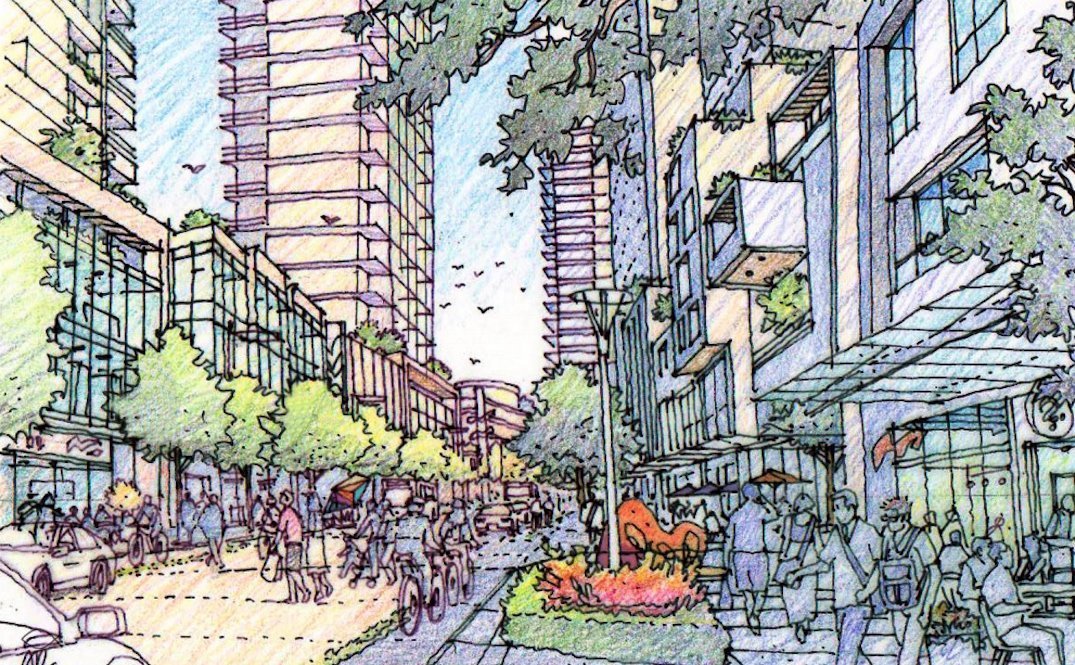
The Sociologist, Ray Oldenburg, created the concept of “third places.” The idea was that this third place - the other two being home and work/school - increases social cohesion. They are the glue which holds a community together. It is a home away from home, a place to relax.
To function comfortably, this third place needs to be a space where people just pop in and out, and it is free or cheap.
The idea of gathering spaces has been around for a long time in the form of cafes, clubs, bars, libraries, churches, parks, plazas, barber shops, marketplaces and communal areas. It was a place to exchange ideas and discuss public matters. Oldenburg writes that such places create social connectedness.
Loneliness has become a big concern for modern societies which was also amplified by the Covid-19 pandemic. Surveys from the US find that half of all Americans are lonely, and 40% of people in the UK report that their major source of companionship is either a pet or television.
Loneliness can have a drastic impact on a person’s life, cutting life short by up to 15 years, and increasing the risk of stroke and cancer.
Increased levels of online activities, a generally declining social participation as well as dependency on cars, necessitated by urban sprawl and a host of other factors contribute to this decline.
During the pandemic, video conferencing and e-gaming firmly established themselves, and the home functioned both as a home and workplace.

Society still needs physical third places for random conversations and to discover commonalities. This needs to be considered and to be revived by urban planning.
Walkable and mixed-use main streets and town centres, as well as meeting zones like gardens and parks in residential zones, can create this valuable third place.
Image Credit
Chuttersnap on Unsplash
City of Coquitlam
